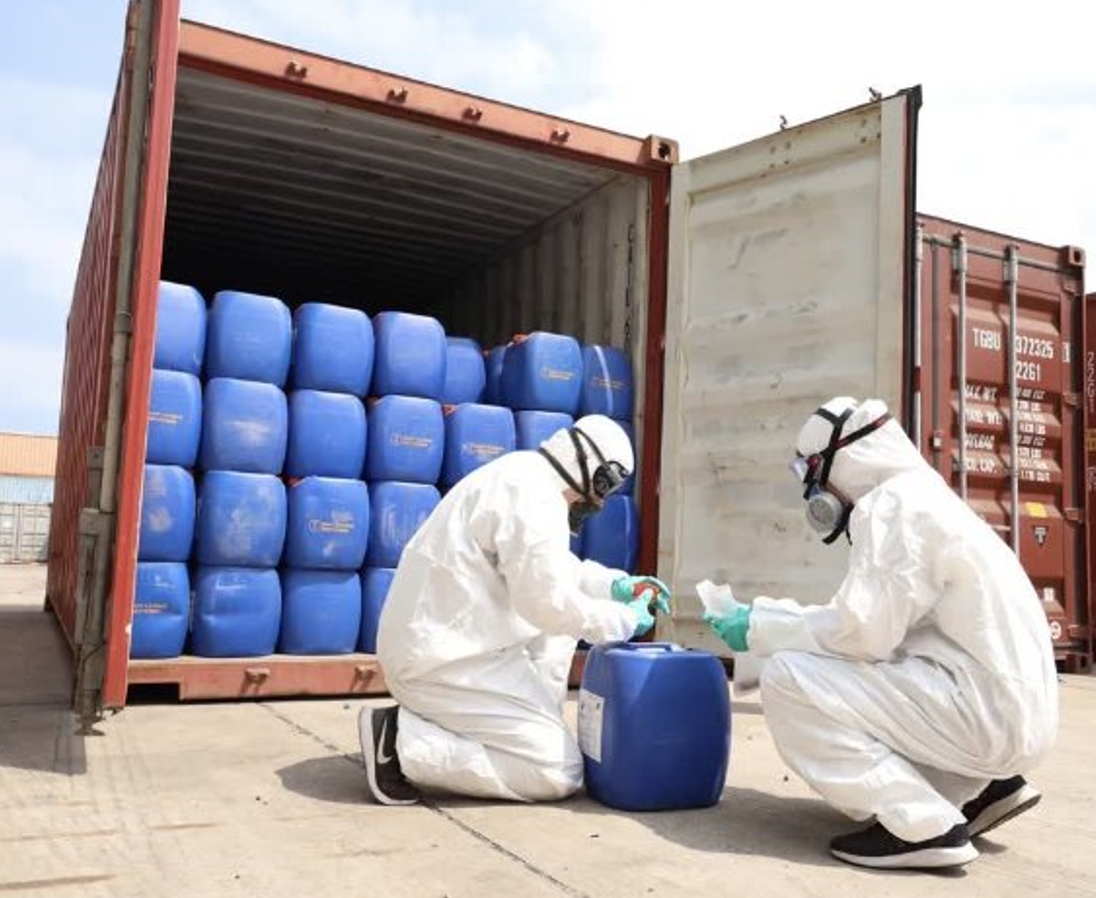Beijing expands non-tariff controls
China will require export licences for 13 precursor chemicals shipped to the U.S., Canada and Mexico, part of a broader diplomatic and trade-control shift that signals Beijing’s readiness to use non-tariff levers in global chemical governance.

China’s recent decision to require licences for the export of 13 precursor chemicals to the U.S., Canada and Mexico marks a carefully calibrated move in both trade diplomacy and global chemical governance. The decree, issued by the Ministry of Commerce of the People’s Republic of China (MOFCOM) on 10 November 2025, amends its “Catalogue of Precursor Chemicals for Export to Specific Countries (Regions)” to add these North American states and the relevant chemicals.
From a mechanism perspective, the move engages multiple layers of China’s economic statecraft. First, it sends a diplomatic signal to the Donald Trump administration: having taken issue with China’s role in supplying precursors linked to the fentanyl trade, Washington achieved a negotiating outcome that materially alters China’s export licensing regime.
Second, by restricting chemical flows to the U.S., Canada and Mexico, China appears to be using trade controls as a linkage tool—tying broader trade/truce diplomacy (including tariffs) to chemical-export policy. Third, because the chemicals in question have legitimate uses in agriculture, pharmaceuticals and industrial manufacturing, the regulation introduces export-licensing burdens for domestic firms, raising compliance costs and shifting export logistics timelines.
Macro-economically, the move has several implications. At a trade-flow level, affected chemicals may now shift supply to non-North-American destinies, increasing logistics costs for U.S. and Canadian importers. For China, revenue from these specific flows is minimal compared with the national export total, suggesting the move is strategic rather than commercially driven. At a regulatory level, this expands Beijing’s use of export controls beyond high-tech and defence goods into precursor-chemical governance, signalling a broader willingness to use non-tariff levers in diplomacy. For chemical-industry firms in China, increased licensing burdens may slow time-to-export, raise working-capital needs and marginally compress margins. For U.S. and Canadian firms reliant on these imports, cost and supply-chain risk rise.
Market reaction so far has been muted but pointed. Chemical-sector stocks in mainland China have traded with slight discounting of international-export growth; U.S. importers of these chemicals are said to be evaluating alternative sourcing strategies, increasing demand for supply-chain diversification into Singapore, India and Southeast Asia. The broader investor implication is an increased premium on supply-chain security, regulatory-governance risk and the cost of dual-use-export compliance.
Going forward, key indicators to monitor include licence-issuance volumes for the 13 chemicals, changes in export-destination patterns, shifts in sourcing by U.S./Canada importers, and regulatory disclosures by Chinese chemical firms on export-licensing burdens.
If export volumes to North America fall significantly while rerouting to other geographies occurs, the policy will demonstrate China’s ability to leverage non-tariff controls for geopolitical ends.
Conversely, if U.S./Canada firms adapt supply chains quickly, the strategic impact may be diluted. Either way, the shift underlines that China’s export-control toolkit is expanding—escalating regulatory risk for globally integrated chemical flows.





